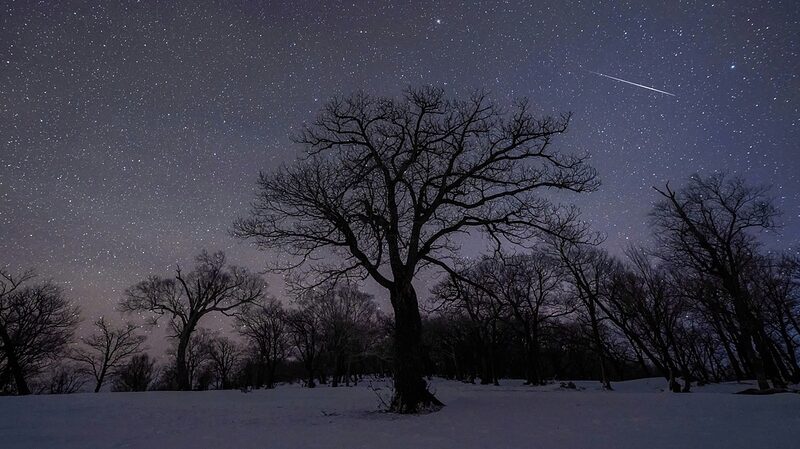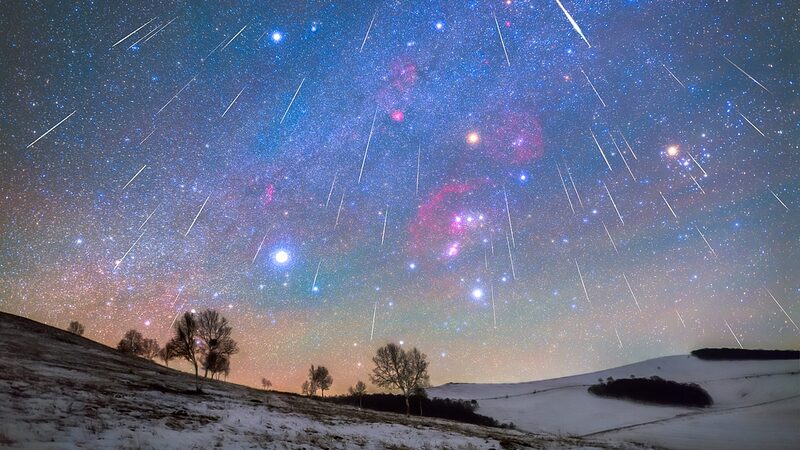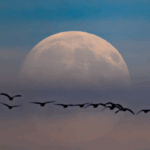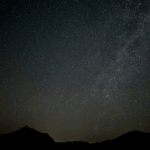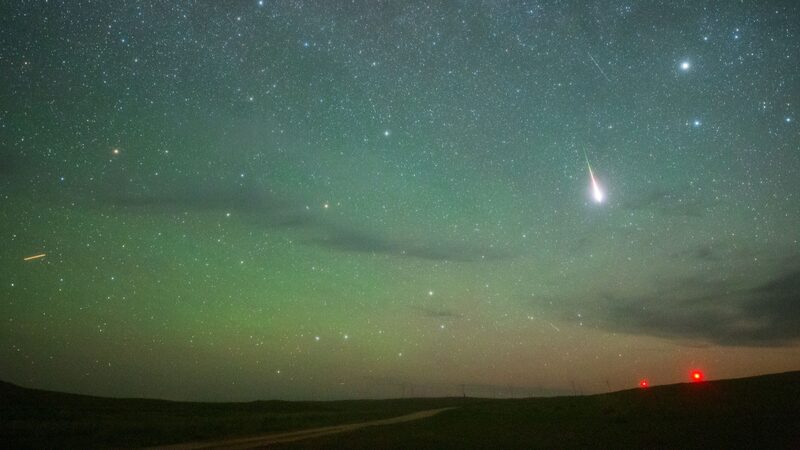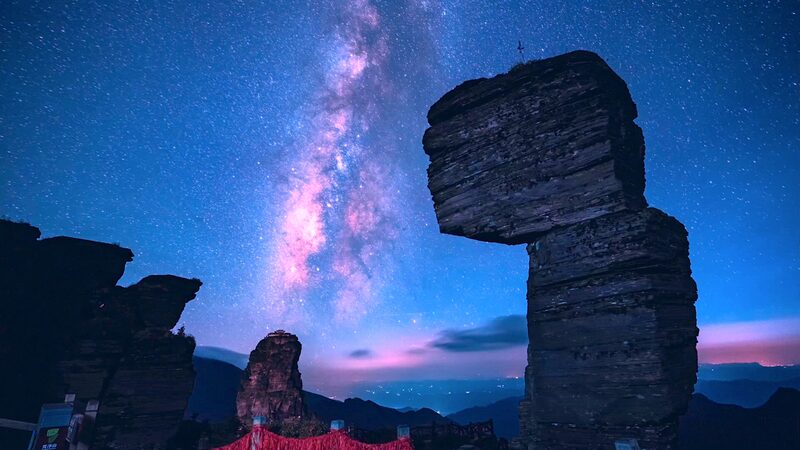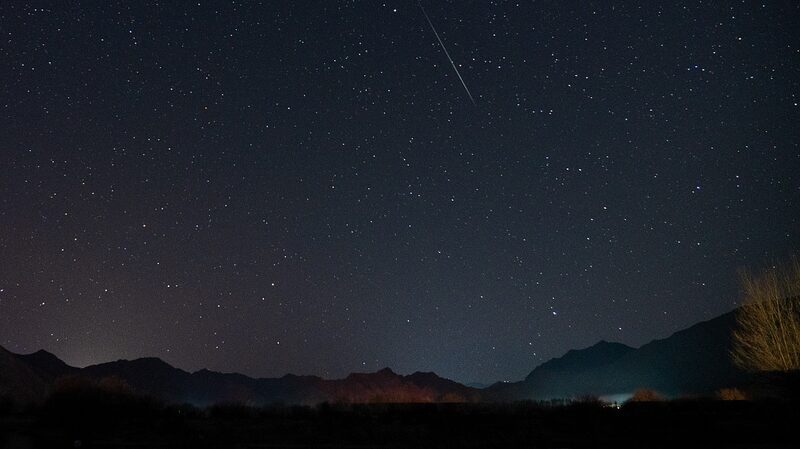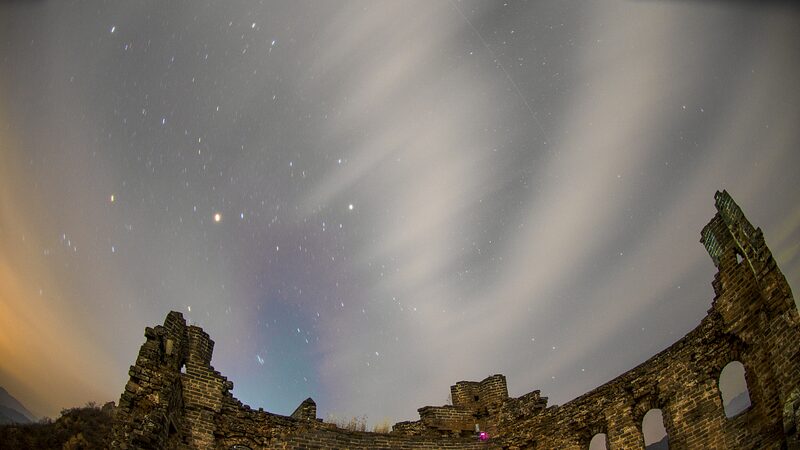First Fireballs of 2025: The Quadrantid Meteor Shower Peaks This Friday
As 2025 begins, skywatchers are in for a celestial treat with the Quadrantid meteor shower, peaking this Friday. This event marks the first opportunity of the year to witness dazzling fireballs streaking across the night sky.
A waning crescent moon ensures optimal visibility under clear and dark conditions, making this one of the best times to observe meteors without interference from moonlight.
Origin of the Quadrantids
Unlike most meteor showers named after constellations from which they appear to originate, the Quadrantids derive their name from a constellation that no longer exists. According to NASA’s William Cooke, this unique naming adds to the shower’s intrigue.
The Quadrantids are known for their bright fireballs. While these meteors typically lack long tails, their heads can shine intensely, creating spectacular displays. At its peak, observers may see up to 120 meteors per hour, according to NASA.
Viewing Window Until January 16
The Quadrantid meteor shower is active until January 16, providing ample opportunity for enthusiasts to catch a glimpse of this phenomenon. Here’s everything you need to know about observing the Quadrantids and other meteor showers.
What Is a Meteor Shower?
Throughout its orbit around the sun, Earth passes through trails of debris left by comets and sometimes asteroids. The Quadrantids originate from the debris of asteroid 2003 EH1. As these particles enter Earth’s atmosphere at high speeds, they encounter resistance from the air, heating up and eventually burning away.
This process can cause the surrounding air to glow briefly, producing the fiery tails commonly known as “shooting stars.” No special equipment is necessary to enjoy meteor showers—just find a dark location away from city lights.
How to View the Quadrantids
The best time to observe a meteor shower is during the early predawn hours when the moon is low in the sky. With a slim crescent moon at just 11 percent full, conditions are ideal for viewing the Quadrantids this year.
To maximize your experience, seek out areas with minimal artificial light. Cloudless nights enhance visibility, and allowing your eyes to adjust to the darkness will improve your chances of spotting meteors. Remember to avoid looking at your phone to keep your night vision sharp.
Looking Ahead: The Lyrid Meteor Shower
If you miss the Quadrantids, the next major meteor shower will be the Lyrids, peaking in mid-April. Mark your calendars for another chance to witness the wonders of the night sky.
Reference(s):
How to catch the Quadrantids, the first meteor shower of 2025
cgtn.com
